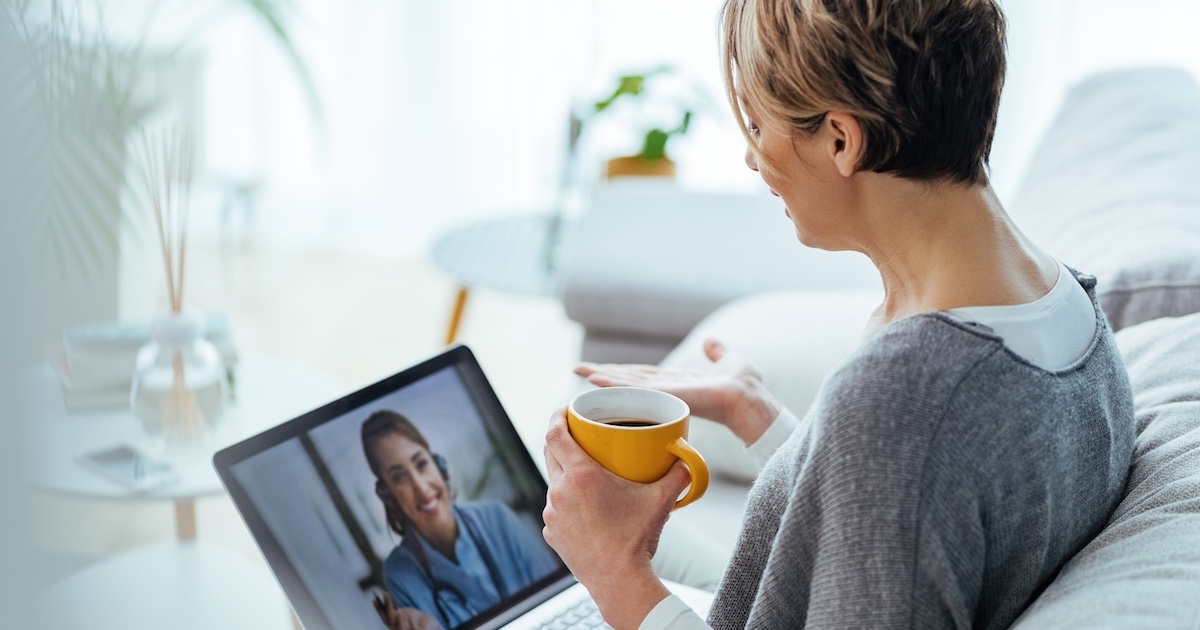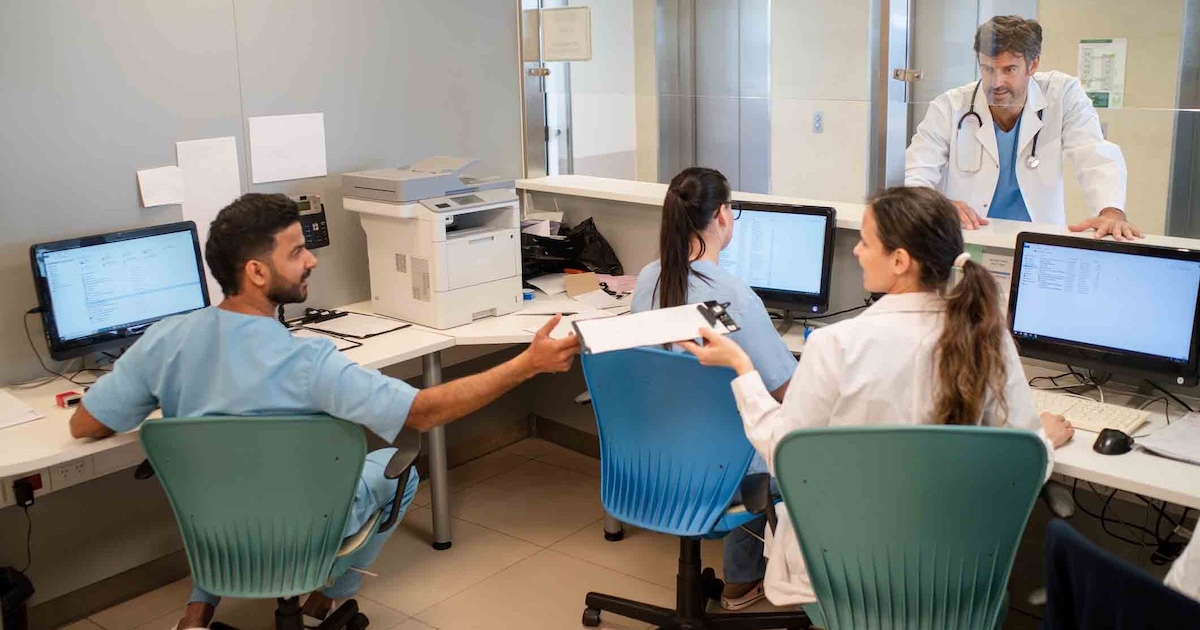Call it "connected independence" or "sustainable aging," but the impact is clear: Today's seniors are a growing population, and they're demanding more from an already-taxed healthcare system as they strive to stay in their own homes and out of the hospital.
This population represents one of the biggest markets for telehealth, serving not only the seniors but their family members and other caregivers, physicians, senior service agencies and assisted living communities. Mobile devices and platforms are giving seniors the opportunity to connect at all times with their caregivers and share health data, while allowing clinicians to monitor their patients around the clock and take action before a medical crisis occurs.
Among the new companies in the space is eCaring, a New York-based developer of telehealth services that launched about two years ago with a platform for care management agencies. That cloud-based platform is now being pushed out to a wider range of users, including assisted living communities, provider networks, accountable care organizations and even the patients themselves.
"We're in a transition," said Robert M. Herzog, the company's CEO and founder, who has worked as a senior executive with several startups, established companies and not-for-profits. "There's a tremendous push for population care management."
eCaring's web-based platform, accessible through PCs and tablets (a smartphone-adaptable system is in the works) captures more than 700 data points for each patient, ranging from vital signs to behavioral health information, and is used by clinicians and other caregivers to chart a senior's well-being and identify care issues before they become acute. The platform can be adapted to fit certain populations (Beth Israel in New York has built a CHF dashboard that targets six critical areas), and can be integrated with larger telemonitoring platforms.
The company is one of a growing network of organizations targeting the senior care space, says Stephen Johnston, a co-founder of Aging 2.0, a global innovation network that hosted its own pavilion at the 2012 mHealth Summit in Washington D.C. Johnston said the market, driven by the likes of eCaring, Independa and the AARP, is still trying to find its direction.
"It's still a fragmented marketplace," said Johnston, whose pavilion hosted some 20 companies, most of them startups. "People are living longer, working longer, staying in their homes longer … but later-life wellness is missed by traditional healthcare. We want to bring new technology and innovation into that space and promote the concept of connected independence."
Kathy Fike, PhD, a co-founder of Aging 2.0, said the nation's healthcare landscape is shifting away from the hospital and toward the home – she referenced a survey that indicates 92 percent of seniors want to live at home rather than in a relative's house or an assisted living complex. This shift, along with the emphasis on patient-centered healthcare, is prompting the provider community to embrace telehealth as a means of connecting to the patient outside the clinical setting.
"The key is to get in front of seniors and personalize the experience," said Johnston, who emphasized that healthcare is only one part of the package. Providers "are in the background for all of the solutions, but lifelong wellness involves so much more."
That's part of eCaring's philosophy, said Herzog, who added that the company booth "was mobbed" at the mHealth Summit with interest from parties as far away as the West Coast and Africa. By pushing a platform into the home that collects clinical and emotional information, he said, "we can capture all sorts of data to supplement the telehealth record and create a full picture."
As proof of eCaring's value, Herzog offers a recent trial undertaken by Morningside House, a New York-based long-term adult care facility. He said the facility took 90 days' worth of data from eight patients using the eCaring portal and determined that the service helped to prevent nine ER visits, 12 doctor visits, 3 unplanned nursing visits and three hospitalizations, for a total savings of about $60,000.
Those kinds of numbers, he said, should look good in light of the fact that 2,200 hospitals have been penalized in the past year for avoidable re-admissions.
"The best way to cut hospital readmissions is to cut hospital admissions," he added.


